Unveiling Ikat: From Pharaoh’s Tomb to Global Fashion Runways
In the bustling marketplaces of India, sunlight often dances across the intricate patterns of a sari, making them shimmer like a desert mirage. This mesmerizing textile art is known as ikat, a craft that weaves stories and traditions into its very fabric. The journey of ikat is not just a tale of art and beauty, but one that spans millennia, continents, and cultures.
The Ancient Origins of Ikat
The oldest surviving fragment of ikat was discovered in an Egyptian pharaoh’s tomb, a testament to its antiquity and early global reach. This piece was traced back to the Indian state of Odisha, revealing India’s rich textile heritage. According to Professor John Varghese from the World University of Design (WUD), this discovery highlights how Indian textiles were valued and traded across ancient civilizations.
The Cultural Significance of Ikat
Ikat is more than just a textile; it is a symbol of social status and cultural identity. Its intricate patterns and vibrant colors have been used for centuries to create fabrics that denote the wearer’s social standing and heritage. From South and Southeast Asia to Central Asia, Africa, and Latin America, ikat has been a significant cultural artifact, reflecting the diverse traditions of these regions.
Regional Variations of Ikat in India
Across India, ikat manifests in various forms, each with its own unique style and story. In Odisha, double ikat involves resist-dyeing both the warp and weft threads to create dazzling geometric patterns. Gujarat’s Patola silk, known for its vibrant colors and intricate designs, often features motifs like paisleys and flowers. Andhra Pradesh’s Uppada ikat, though more famous for jamdani, is another example of this exquisite craft, echoing the symmetry of temples and the hues of natural dyes.
The Making of Ikat
Creating ikat is a labor-intensive process that requires immense skill and patience. Artisans bind sections of yarn before dyeing to create the desired pattern, a technique that requires precise calculation. Udita Bansal of the brand trueBrowns explains that the complexity of the design and the number of colors used determine the time needed to create each piece. Simple designs may take around 50-100 hours, while more intricate patterns can take significantly longer.
The Role of Ikat in Modern Fashion
In the 20th century, the rise of mass-produced fabrics threatened the survival of traditional crafts like ikat. However, a renewed appreciation for slow fashion and handcrafted textiles has brought ikat back into the spotlight. Designers like Abraham & Thakore and Udita Bansal are pivotal in this revival, incorporating ikat into their contemporary collections and reinterpreting ancient motifs for a global audience.
Challenges and Opportunities in Revitalizing Ikat
Despite its resurgence, the future of ikat faces challenges. The labor-intensive nature of the craft poses financial difficulties for artisans, making it crucial to support fair trade practices and consumer education. Udita Bansal emphasizes the need for consumers to buy genuine, hand-crafted ikat textiles from reputable sources to ensure the craft’s survival and support the artisans.
How to Identify Authentic Ikat
Spotting authentic ikat requires a discerning eye. Look for slight imperfections and pattern variations, which are hallmarks of hand-dyeing. Authentic ikat patterns are visible on both sides of the fabric, unlike printed imitations that typically have the pattern only on one side. These subtle irregularities are a testament to the craftsmanship and authenticity of true ikat.
Conclusion
From the tombs of ancient pharaohs to modern fashion runways, ikat has woven its way through time, preserving stories and traditions with every thread. Its journey is a testament to human creativity and the enduring appeal of handcrafted textiles. By supporting artisans and appreciating the intricate artistry of ikat, we can ensure that this ancient craft continues to thrive in the modern world.

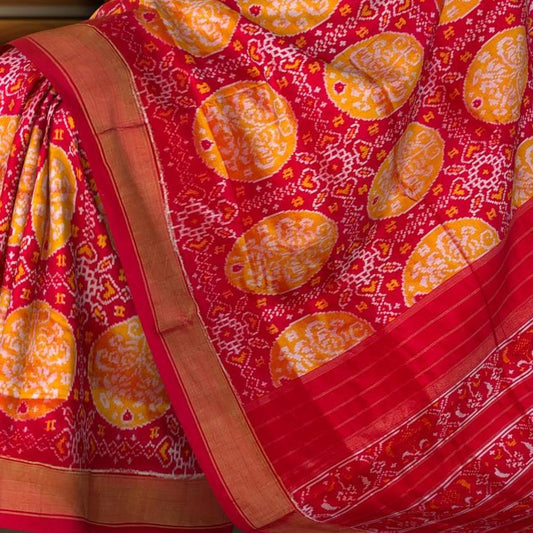
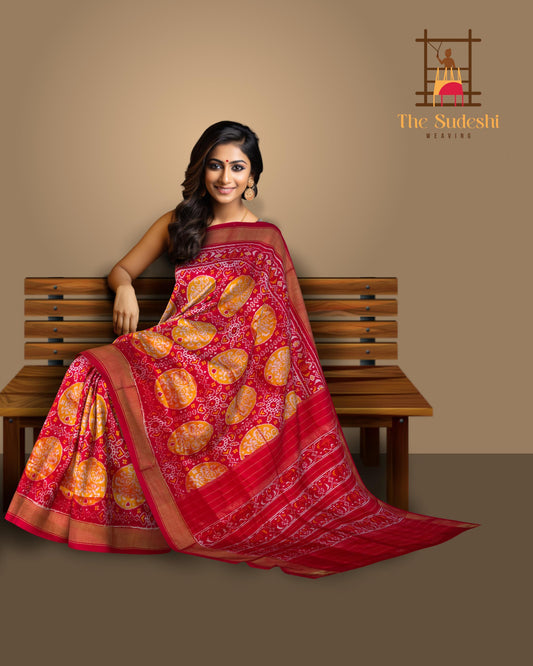
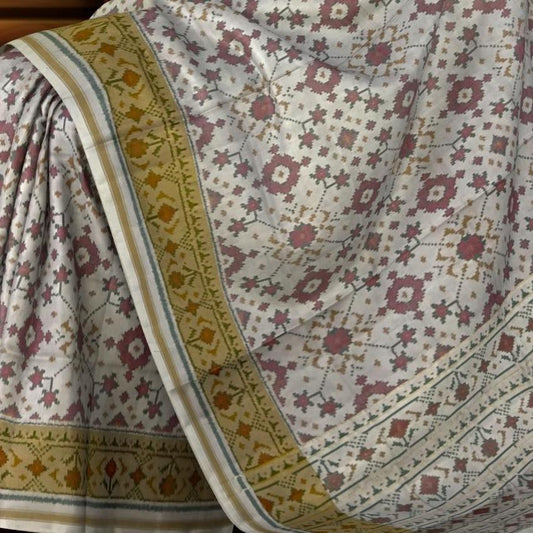
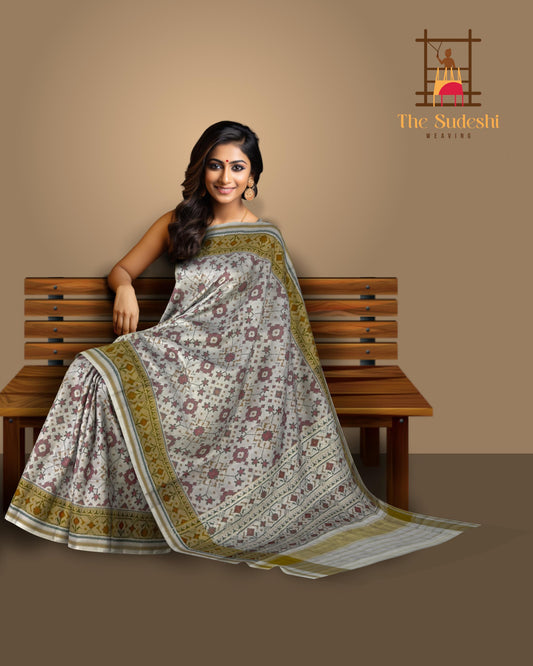
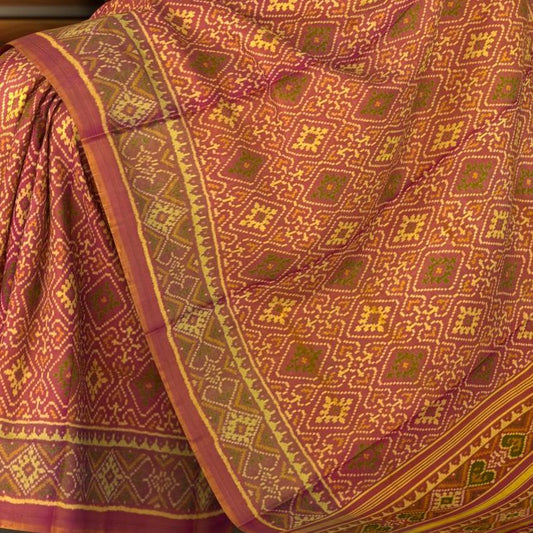
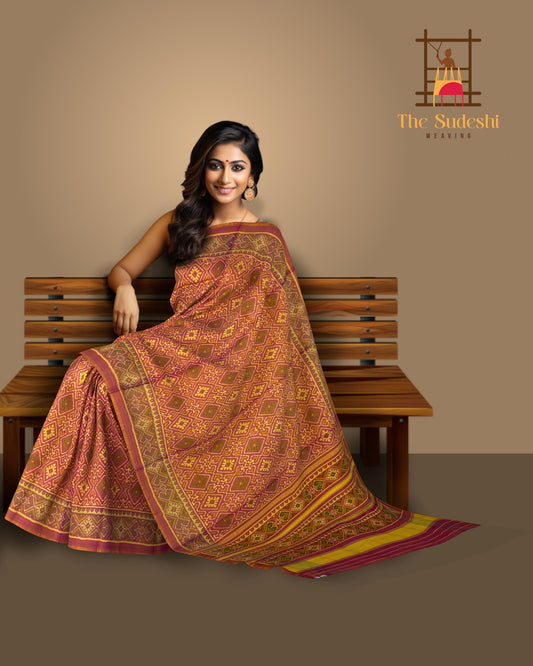
Leave a comment
Please note, comments need to be approved before they are published.